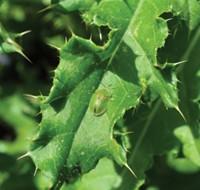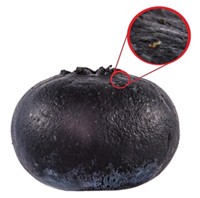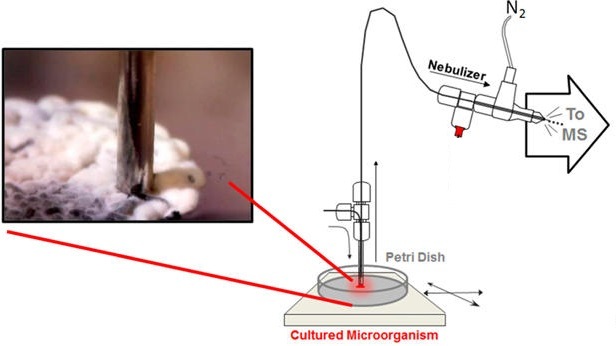Advertisement
Grab your lab coat. Let's get started
Welcome!
Welcome!
Create an account below to get 6 C&EN articles per month, receive newsletters and more - all free.
It seems this is your first time logging in online. Please enter the following information to continue.
As an ACS member you automatically get access to this site. All we need is few more details to create your reading experience.
Not you? Sign in with a different account.
Not you? Sign in with a different account.
ERROR 1
ERROR 1
ERROR 2
ERROR 2
ERROR 2
ERROR 2
ERROR 2
Password and Confirm password must match.
If you have an ACS member number, please enter it here so we can link this account to your membership. (optional)
ERROR 2
ACS values your privacy. By submitting your information, you are gaining access to C&EN and subscribing to our weekly newsletter. We use the information you provide to make your reading experience better, and we will never sell your data to third party members.
Biological Chemistry
Wasps' Nursery Defense
Chemical Ecology: Beewolf digger wasps use bacterial antibiotics to protect the next generation
by Sarah Everts
March 4, 2010
| A version of this story appeared in
Volume 88, Issue 11
Cultivating bacteria in one's antennae might seem like an eccentric pastime for female beewolf digger wasps, Philanthus triangulum, but new research reveals that the insects grow the microbial crop to protect their offspring from infectious pathogens.


Just before laying eggs, a female beewolf wasp uses Streptomyces cultures in her antennae as a paint to coat the walls of the underground nursery where she lays her eggs. The Streptomyces bacteria produce a cocktail of nine antibiotics that protect the larvae that eventually hatch from those eggs "in a manner similar to combination therapy used in human medicine," says Aleš Svatoš at Max Planck Institute for Chemical Ecology, in Jena, Germany, who led the research with Johannes Kroiss and Martin Kaltenpoth (Nat. Chem. Biol., DOI: 10.10381nchembio.331).
The antibiotics produced by the symbiotic bacteria, which include streptochlorin and eight piericidin derivatives, "may be only somewhat active alone but when in combination are fantastically potent" against pathogenic bacteria and fungi that live in the same soil in which the wasps dig their underground nurseries, comments John A. Pickett, a biological chemist at Rothamsted Research, an agricultural research center in Harpenden, England.
In addition to providing a chemical explanation for the symbiotic relationship between the wasps and the bacteria, the study involved a "brilliant" analytical setup that could be useful for other chemical ecology research, Pickett adds. In particular, the team made in situ measurements using imaging mass spectrometry to monitor levels of the antibiotics produced by the bacteria that colonize the cocoon that surrounds each developing larva in the nursery.
Researchers would have normally taken a sample of the symbiotic bacteria, grown it in a lab, and examined what antibiotics the bacteria produced or done a genome analysis to see what chemicals the bacteria were capable of producing, comments Jon Clardy, a natural products chemist at Harvard Medical School. In the new work, the researchers were able to analyze "ecologically relevant samples," he says.
Next up is figuring out what precisely the bacteria get from their relationship with the wasp, Kaltenpoth says. Bacteria likely receive some nutrient in the wasp's antenna glands, he says, because the bacteria grow rapidly once they have colonized the antenna gland right after the wasp breaks through the cocoon. The research team is also planning to evaluate whether this symbiotic method of protecting nurseries is used by other wasp species, too.






Join the conversation
Contact the reporter
Submit a Letter to the Editor for publication
Engage with us on Twitter